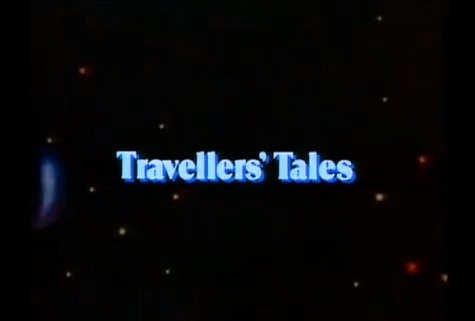The sixth episode of Cosmos, “Travellers’ Tales,” revolves around a juxtaposition of the Dutch explorer-merchants of the 17th century and the two Voyager craft that were sent into space during the late summer of 1977. As a whole, it is very much about “human voyages of exploration” on our planet and off of it: how those voyages have worked, what they have revealed to us, and what we still have left to explore in the vastness of the cosmos. It is a romantic episode that uplifts curiosity and the bravery required to voyage into unknown space—though, of course, there is an undercurrent of problematic implication to the delight in “exploration” when it’s read through the lens of those 17th century Dutchmen.
The past few episodes have focused on particular planets one at a time (Venus, then Mars), but this episode shifts the focus back to a wider-angle shot, so to speak, and considers the outer planets as a group in the context of the Voyager explorations. The shift in “Travellers’ Tales” is to the idea of exploration as a guiding force that makes the human species unique and binds us together—as exemplified by the Indonesian sailors who settled islands throughout the Indian Ocean and the Pacific, by the folks who circumnavigated the globe, those who sailed around the horn of Africa, etc. As Sagan says, “These voyagers, of many cultures, were the first planetary explorers. […] In our exploration of other worlds, we follow in their footsteps.”
(Note: the format of these posts is changing slightly—leaving off the majority of the summary, from here on out, for more discussion of the episodes.)
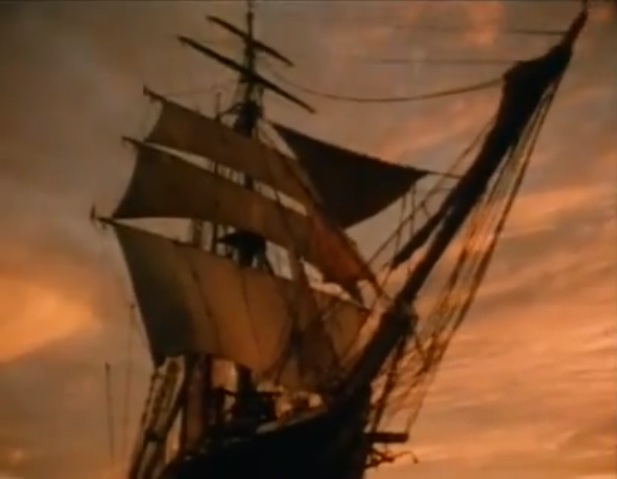
“We have travelled this way before, and there is much to be learned by studying those great voyages of a few centuries ago.”—This is the guiding sentiment of “Travellers’ Tales.” It’s a literary sentiment, the idea that stories structure our world, and that stories are the commodity that we gain from exploration then bring back to trade amongst ourselves. The juxtaposition of stories—the 17th century Dutch scientific and exploratory culture with the late ‘70’s narratives of the Voyager spacecrafts—allows us, in a metonymic way, to understand a piece of human nature that Sagan seems to be arguing holds us together as a species.
The urge to explore and to learn is a sensible thing to discuss in Cosmos, especially considering the overall trajectory of the series: to popularize and explain the way of thinking that science represents. It’s not just about giving facts; it’s about giving a way of thinking, a way of understanding the world that we live in via curiosity, testing, and creativity. Illustrating this episode after episode from different angles is the gift that Cosmos ultimately gives its viewers—though each episode is itself a delight, the message of the whole is significant. It also shapes how Sagan frames his facts and figures.
Of course, when it comes to this episode, both of those parts are in evidence: the big idea and the data-level facts and explanations. The big idea is about exploration, and is pulled out through the juxtaposition of the two stories; the explanatory facts are about 17th century Holland, the Voyager crafts, and the outer planets of the solar system. It is in the second group that this episode seems most dated, and conversely the scientific activity becomes even more impressive. The mission control for the Voyager crafts is almost breath-takingly outdated, technologically. The computers are simplistic; the digital images produced by the Voyager crafts are often somewhat rudimentary; the magnetic memory discs are bigger than Frisbees; the printers are clunky and slow.
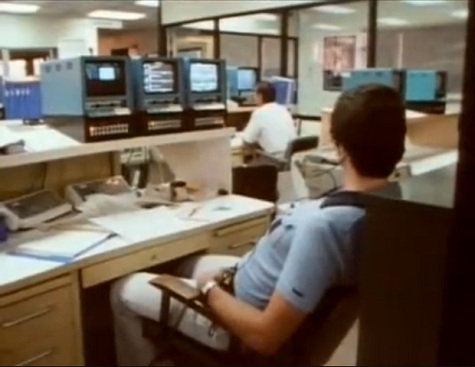
And yet—with this technology, now somewhat archaic, we built the Voyager crafts, sent them into space, received their images, interpreted the information to make new stories, and, ultimately, sent the first space-faring crafts out of our solar system. In that context, the otherwise-quaint technology is rather stunning. (In the reverse, it’s a bit disappointing how little we’ve done with all of the technological developments we’ve made in the last thirty years.)
This, too, ties into the big idea juxtaposition: consider the technology we used to fling the Voyager crafts into space and to interpret their data, and then consider how much less the Dutch scientists and explorers had. And yet, once more, they invented both the telescope and the microscope in Holland; they traded ideas, objects, and various forms of capital around the world; they explored past boundaries otherwise uncrossed by Europeans. Sagan also makes a point, repeatedly, about how the Dutch’s success came from their intellectual curiosity and freedom, as opposed to the restrictions of the Church elsewhere in Europe during that time.
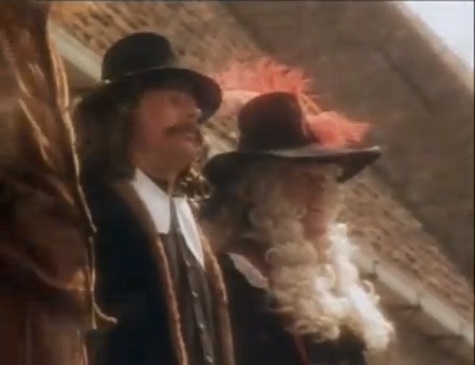
However, one thing that isn’t really addressed to my satisfaction is an acknowledgement of the second side of the “exploration” coin when we’re talking about the surface of the earth: colonialism. The mention of the colonizing of Australia is positive and doesn’t examine for even a moment the Eurocentric problem of arguing that a place has been explored only after a white European finds it and moves in. That needs some unpacking, particularly through the contemporary lens of post-colonial theory.
Also, there’s one moment in which the episode is gesturing toward a progressive viewpoint while also revealing much of the situational culture of the late ‘70s: the mission control scene when Sagan’s voice-over notes that “men and women” are the new explorers. But, we only see one woman in the entire room for that scene, which is otherwise full of men. The episode also chooses to interview another woman scientist over a man, and while I certainly appreciate the effort of Cosmos to include women in its purview, it also doesn’t hide the reality of the situation for women scientists at that time. (A situation that hasn’t changed too terribly much in the intervening decades, though it has evolved some.)
But, back to the episode: that big idea about exploration comes through even more clearly in the last twenty minutes. As Sagan says, “The more you learn about other worlds, the better we know our own.” By exploring, we both learn and create new stories, and those stories structure our lives. By exploring, “Slowly, we begin to understand.” The use of the familiar soaring song from the Cosmos score, alongside music that sounds classical in nature, rounds out the episode as Sagan explores once more the connections between space-faring crafts and sea-faring crafts across time. One of the more moving scenes in the episode, in fact, is the last moment in which the illustrated Voyager craft mutates into an illustration of a Dutch “flying ship”—each made by humans then sent out to explore. And, by exploring, they bring us back stories that we can use to explain ourselves to ourselves and the cosmos as well. The personification of the Voyager crafts, pretending that they’ve written captain’s logs saying things like “If the backup transmitter fails, no one on earth will ever hear from us again,” is an emotional closing strategy for this narrative episode, too; it makes us consider the crafts as if they are manned like the Dutch’s boats, but the craft itself is the one doing the thinking. It’s clever, and a little unscientific, but quite literary—much like the episode’s general function.
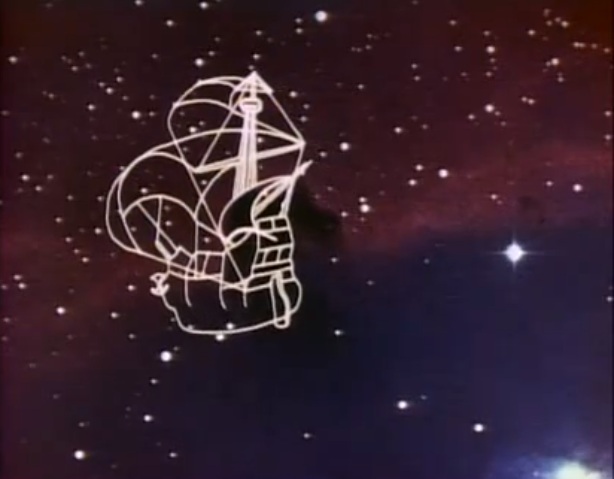
The curiosity that drives science is the curiosity that drives exploration, and exploration allows us to discover new, radical truths about things like the planet Jupiter, which could have been another sun if it had been larger, or the moon Io, with its volcanoes (discovered by a woman!). Science is driven, in a real way, by exploration—and that’s what this episode seems to be trying to illustrate.
*
Come back next week for episode 7, “The Backbone of Night.”
Lee Mandelo is a writer, critic, and editor whose primary fields of interest are speculative fiction and queer literature, especially when the two coincide. She can be found on Twitter or her website.










